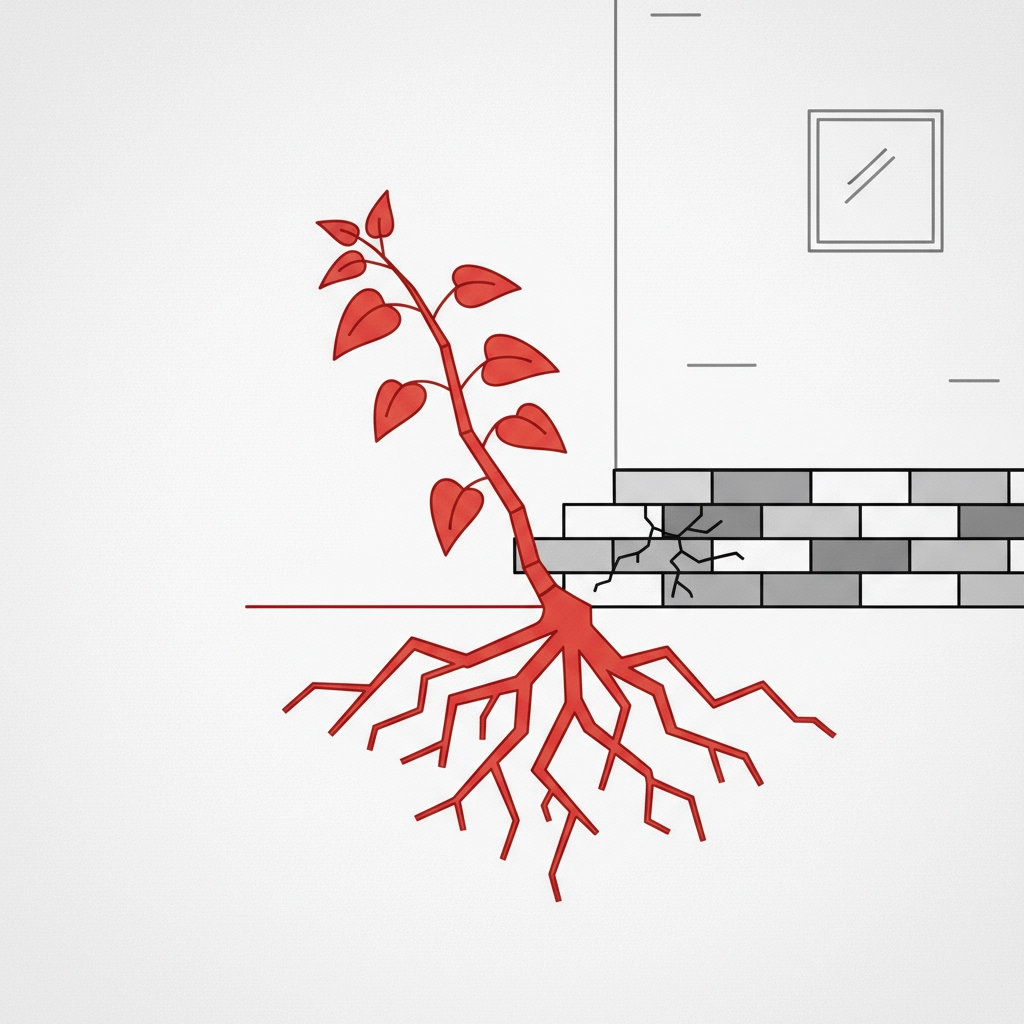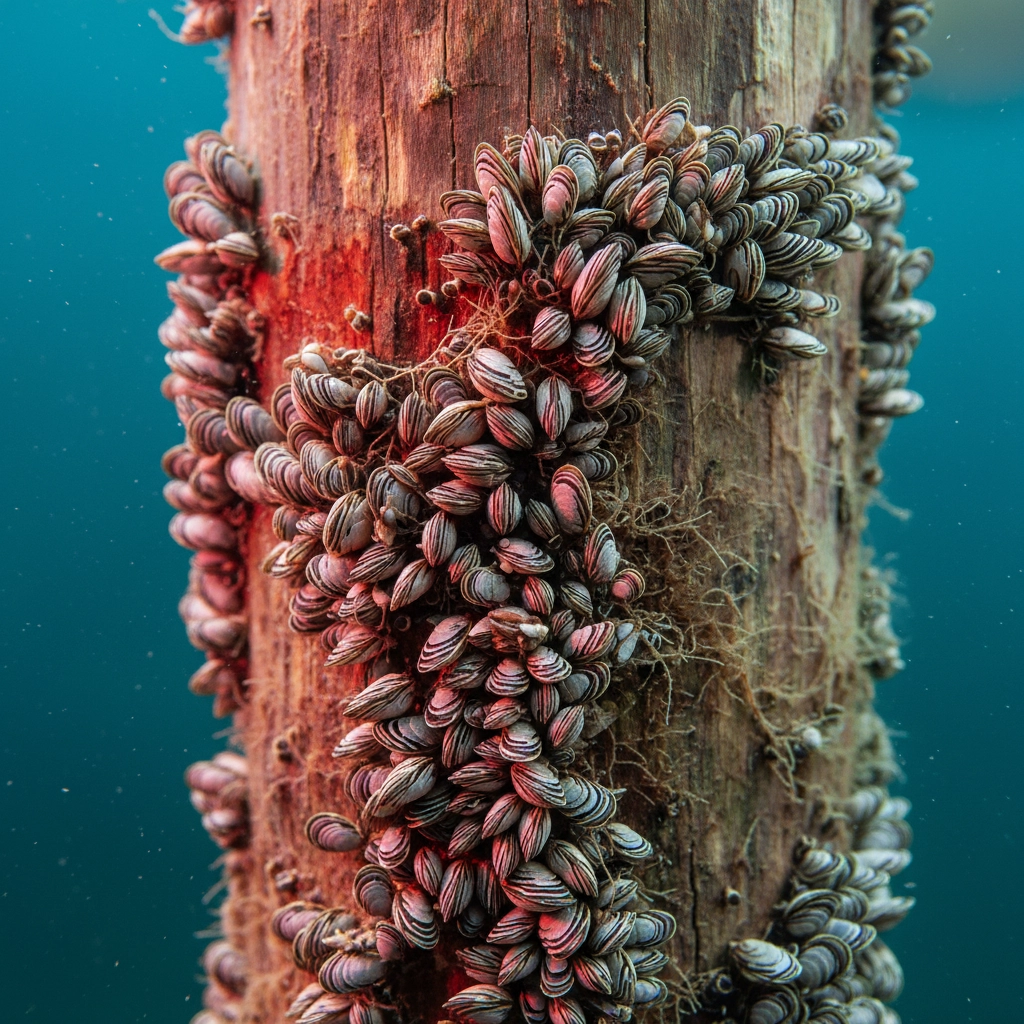Invasive Species Alert: 10 Harmful Pests Threatening Your Haliburton Property (And How to Spot Them Early)
- Targeted Wildlife and Pest Solutions

- Oct 2
- 4 min read
Invasive species are quietly infiltrating Haliburton County, posing serious threats to your property's trees, gardens, structures, and even your family's safety. These unwelcome invaders arrive without natural predators, allowing them to multiply rapidly and cause extensive damage. Early detection gives you the best chance to protect your investment and maintain your property's natural beauty.
Forest-Destroying Insects
Emerald Ash Borer tops the list of destructive invaders already wreaking havoc on Haliburton properties. This metallic green beetle kills ash trees within 2-4 years of infestation. You'll first notice D-shaped exit holes (about 1/8 inch) in the bark, followed by canopy dieback starting from the crown. Woodpecker activity increases dramatically as birds feed on larvae beneath the bark, creating larger holes and removing bark strips.
Asian Longhorn Beetle presents a dire threat to your maple trees: critical for both property aesthetics and local syrup production. These glossy black beetles with distinctive white spots create perfectly round exit holes (about 10mm diameter) in tree trunks and branches. Look for coarse sawdust around tree bases and wilting or dying branches during summer months.

Hemlock Woolly Adelgid hasn't reached Haliburton County yet, but it's advancing northward. This tiny insect appears as white, cotton-like masses at needle bases on hemlock branch undersides. Infested trees show yellowing needles, premature needle drop, and branch dieback. Early detection is crucial since treatment becomes ineffective once trees are severely stressed.
Gypsy Moth caterpillars can completely defoliate your oak, maple, and birch trees during outbreak years. Look for tan egg masses (about quarter-size) on tree trunks, rocks, or outdoor furniture during fall and winter. In spring, hairy caterpillars with blue and red spots emerge to feed voraciously on leaves.
Dangerous Plants That Harm Humans
Giant Hogweed has been spotted along Haliburton roadsides, particularly between Haliburton and Minden. This massive plant reaches heights of 5.5 meters with umbrella-shaped flower heads up to one meter wide. Never touch this plant: its clear sap causes severe burns, blistering, and permanent scarring. The burns worsen when exposed to sunlight and can persist for years.
Wild Parsnip shares Giant Hogweed's dangerous properties but grows smaller (up to 1.5 meters tall). It produces yellow umbrella-shaped flower clusters and commonly grows along roadsides and disturbed areas. Both plants pose serious liability risks for property owners and dangerous exposure risks for maintenance crews.
Property-Damaging Plant Invaders
Japanese Knotweed creates one of the most expensive property maintenance challenges. These bamboo-like stems grow up to 3 meters tall with heart-shaped leaves and small white flowers in late summer. The extensive root system can damage building foundations, septic systems, and driveways. Even small root fragments can establish new colonies, making complete removal extremely difficult.
Invasive Phragmites forms dense stands up to 4 meters tall in wetland areas and ditches. Unlike native phragmites, invasive varieties grow much taller with denser populations and tan-colored plumes that persist through winter. These monocultures eliminate habitat for native wildlife and can impact property drainage patterns.

Aquatic Threats to Waterfront Properties
Zebra Mussels have infiltrated Haliburton lakes through the Trent-Severn waterway system. These small, triangular shellfish with striped patterns attach to docks, boats, and water intake systems. They cut swimmers' feet, clog water systems, and cause millions in infrastructure damage. Once established, populations are virtually impossible to eliminate.
Rusty Crayfish aggressively displace native crayfish and destroy aquatic vegetation around docks and swimming areas. They're larger than native species with distinctive rust-colored spots on their shells and oversized claws. These invaders reduce fish habitat and alter lake ecosystems that support property values.
Early Detection Strategies
Conduct monthly property inspections from April through October, focusing on high-risk areas like roadsides, shorelines, and recently disturbed soil. Document suspicious species with photos and GPS coordinates before they spread beyond manageable populations.
Create a property monitoring checklist that includes checking ash and maple trees for unusual holes or sawdust, examining wetland edges for tall grass stands, and inspecting dock areas for unusual shellfish or crayfish. Many invasive species spread most rapidly during their peak growing seasons in late spring and summer.

Use identification resources like Ontario's Early Detection and Distribution Mapping System (EDDMapS) and the Invasive Species Centre website. The Coalition of Haliburton Property Owners maintains updated lists showing which invasive species are confirmed in specific lakes and areas throughout the county.
Eco-Friendly Prevention Methods
Prevention costs significantly less than control efforts after establishment. Buy firewood locally within 50 kilometers of your property to avoid transporting forest pests. Clean all gardening tools, machinery, and vehicles when moving between properties or after working in infected areas.
For waterfront properties, implement boat cleaning protocols before launching into different water bodies. Remove all visible plant material, drain water from live wells and compartments, and allow boats to dry completely between uses. Many aquatic invaders survive in small amounts of water for extended periods.
Maintain healthy native plant communities on your property, as diverse ecosystems resist invasion better than disturbed or monoculture areas. Avoid importing soil, mulch, or plants from outside the region without proper inspection protocols.
When to Call Professionals
Report suspected invasive species immediately to the Invading Species Hotline at 1-800-563-7711. Early reporting enables rapid response efforts that can prevent widespread establishment. The County of Haliburton's Forest Conservation Bylaw Officer provides identification assistance and management guidance.
For dangerous plants like Giant Hogweed or established infestations of Japanese Knotweed, contact professional pest control services experienced in invasive species management. These situations require specialized equipment and techniques to ensure safe, effective removal without spreading the problem.
Tree-killing insects often require immediate professional intervention to prevent total loss of valuable specimens. Certified arborists can implement treatment programs and assess whether infected trees pose safety risks to structures or people.
Taking Action Now
The window for cost-effective management closes rapidly once invasive species establish breeding populations. Most cannot be eradicated after establishment, making early detection and rapid response your most valuable tools for property protection.
Document your property's current condition with photos and species inventories, creating baselines for detecting future changes. Share information with neighbors, as invasive species rarely respect property boundaries. Community-wide awareness and coordinated response efforts provide the strongest defense against these persistent threats.
Your vigilance today determines whether these invasive species become tomorrow's expensive property management problems or remain isolated incidents that professional intervention can successfully address.
Comments